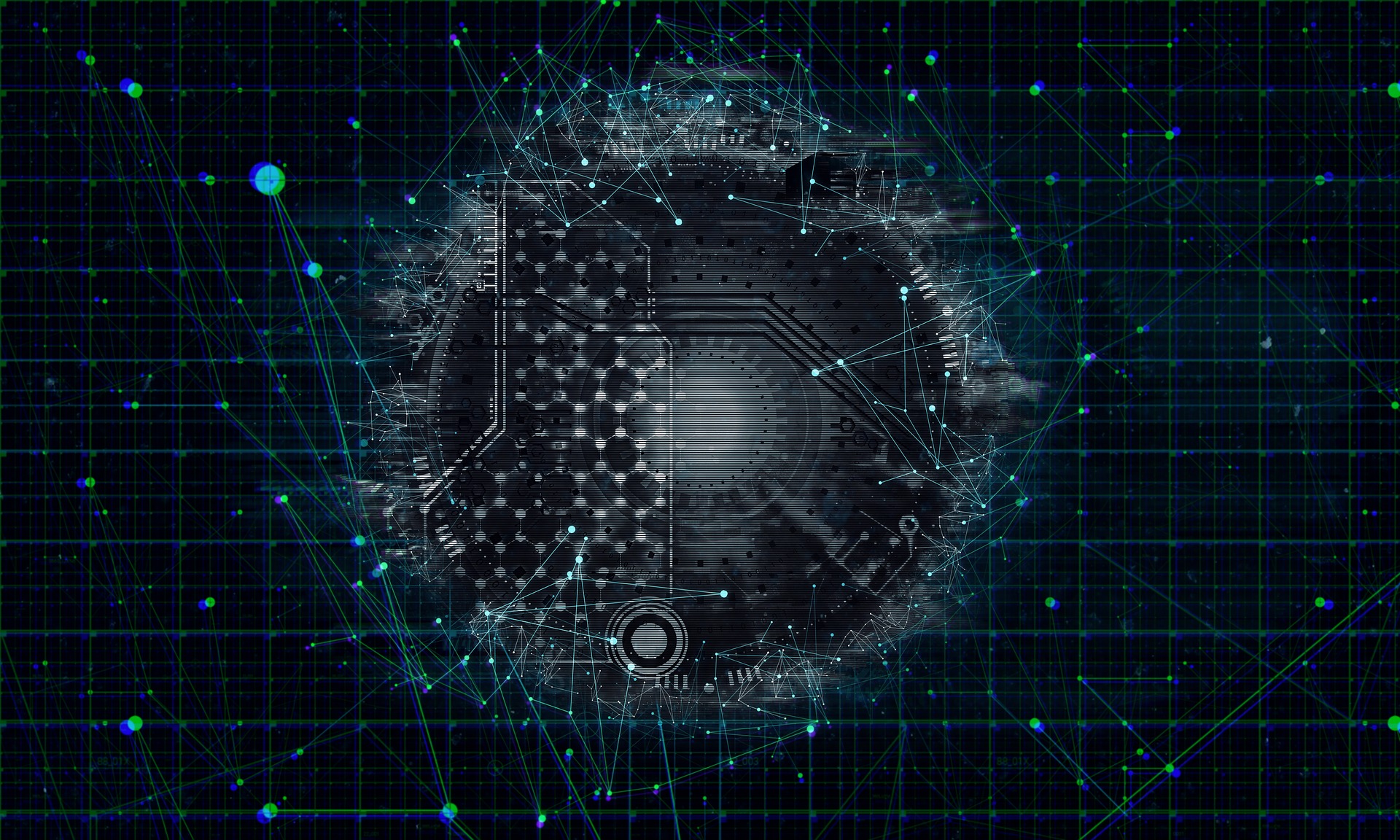スパイク·ニューラル·ネットワークで人間の意識の前に人間の決定を予測できることが発見されました
ジャスジャスジャスティンです。
AIにさらに色んな技術に広がってきていますね。DNNやCNNは今まで見ましたが、今回はSNNが出てきました。
元の記事は:
https://www.nzherald.co.nz/nz/news/article.cfm?c_id=1&objectid=12118327
[日本語]
AIにさらに色んな技術に広がってきていますね。DNNやCNNは今まで見ましたが、今回はSNNが出てきました。
元の記事は:
https://www.nzherald.co.nz/nz/news/article.cfm?c_id=1&objectid=12118327
人工ニューラル·ネットワークの革新と人間の脳の神経科学の発見との間は、良いフィードバック·ループになってるみたいです。 ニューロンの軸索や樹状突起をどうやって情報を拡張するかが分かってきた事により、機械学習に重要な特徴を適用できるのを発見し始めています。 機械学習は逆に、人間の脳がどのように動作するかについての新しい重要な洞察を提供することもできます。 これでニューラル·ネットワークの領域に面白い発展が出てきました: ニューラル·ネットワークは人間が認識する前に決断を予測できるようになりました。
オークランド工科大学(Aukland University of Technology)の研究者は、EEGスキャンを分析できるモデルを作成するためにスパイキング·ニューラル·ネットワーク(Spiking Neural Networks:SNN)と呼ばれる新しいタイプの機械学習を統合しました。 彼らはモデルをNeuCube(ニューキューブ)と呼んでいます。NeuCubeは、特徴の構造や機能的領域に基づいた脳の地図なのです。 このモデルはスパイク·ニューロンの立方体を通して形成され、3D進化神経形成モデルを作成します。 これはNeuCubeモデルの概要ですが、スパイキング·ニューラル·ネットワークの背景について説明し
スパイキング·ニューラル·ネットワークは、連続した値の流れではなく、特定の時点で起こる離散的な事象であるデータのスパイクで動作するニューラルネットワークなのです。 これは、脳内のニューロンの機能に近いです。 ニューロンは、ニューロンの膜の間の電位が異なる膜電位と呼ばれるものがある場合にのみ発火し、特定の閾値に達します。 同様に、膜電位のバージョンが特定の値に達すると、スパイキング·ニューラル·ネットワークが起動します。 ニューロンがその膜電位に達すると、それはスパイクし、ニューロンの膜電位はリセットされます。
このスパイクは、感覚データを分析するニューラルネットワーク能力を強化します。 人間の脳は、視覚、聴覚、制御、感情などの様々な領域からの刺激を受けますので、情報の組み合わせて複雑な時空間的経路を生成することになります。 ニューロンのスパイクは、他の形態のニューラルネットワークよりも強力な計算方法であることが示されました。
オークランド工科大学のチームは20の被験者を集めて、参加者に様々な飲み物のロゴの動画を見させて、EEGヘッドセットで観察し、データは同時にNeuCubeアルゴリズムに送られました。 NeuCubeのモデルは訓練される事により、参加者の頭の中のパターンを分析して区別することを学んでいました。 このモデルは、被験者が思考を持っていることを意識して認識してから0.2秒前に被験者の飲み物の選択肢を効果的に予測することができました。
この研究の研究者であるゾーレイ·デボレジェ氏(Zohreh Doborjeh)は、「人々の意思決定において脳は10%しか意図的に行われていないことが判明しており、残りの90%は以前の経験、歴史、遺伝学などの要素に基づいて脳によって無意識に作られています。」と語ります。
[English]
Spiking Neural Networks have been Discovered to Predict Human decisions before Human Awareness
There appears to be a virtuous feedback loop between innovation in artificial neural networks and discoveries made in neural science of the human brain. As we learn about how neurons extend information through their axons and dendrites, we start to discover some key characteristics to apply to machine learning. Machine learning in turn can provide new key insights into how the human brain operates. This has led to a profound achievement in the realm of neural networks: being able to predict decision before humans are consciously aware of them.
Researchers at the Auckland University of Technology have integrated a new type of machine learning called Spiking Neural Networks (SNN) to create an model to analyze EEG scans. They call their model NeuCube, which is a map of the brain based on structural and functional areas of interest. The model is formed through cube of spiking neurons to create a 3D evolving Neurogenetic model. That is a rough overview of the NeuCube model but a bit of background into Spiking Neural Networks may help explain.
Spiking Neural Networks are different from other forms of neural networks in that operates on spikes in data which are discrete events that happen in a specific point in time rather than a continuous stream of values. This is closer to how neurons in the brain function. Neurons only fire when there is something called a membrane potential which is the different in electric potential between the membrane of a neuron, reaches a specific threshold. In the similar way, the SNN will fire when it’s version of a membrane potential reaches a specific value. Once a neuron reaches its membrane potential, it spikes and the neuron’s membrane potential resets.
These spikes enhance the neural networks ability to analyze sensory data. The human brain gets stimuli from various regions from visual, auditory, control, emotional etc. and combine them to create complex spatio-temporal paths. The spiking of neurons have shown to be a more powerful computational method than other forms of neural networks.
The team at AUT gathered 20 subjects and had the participants watch a video of various beverage logos and observed them through a EEG headset. The data was simultaneously sent the NeuCube algorithm. Through training the NeuCube model, it had learned to analyze and differentiate patterns in the participants heads. The model was effectively able to predict the participants beverage choice 0.2 seconds before the participants were consciously aware they were having the thoughts.
Zohreh Doborjeh, a researcher of the study, noted, “We know that only 10% of people's decisions are intentionally made, the other 90 per cent are made subconsciously by the brain based on previous experiences, history, genetics and other factors.”
Spiking Neural Networks have been Discovered to Predict Human decisions before Human Awareness
There appears to be a virtuous feedback loop between innovation in artificial neural networks and discoveries made in neural science of the human brain. As we learn about how neurons extend information through their axons and dendrites, we start to discover some key characteristics to apply to machine learning. Machine learning in turn can provide new key insights into how the human brain operates. This has led to a profound achievement in the realm of neural networks: being able to predict decision before humans are consciously aware of them.
Researchers at the Auckland University of Technology have integrated a new type of machine learning called Spiking Neural Networks (SNN) to create an model to analyze EEG scans. They call their model NeuCube, which is a map of the brain based on structural and functional areas of interest. The model is formed through cube of spiking neurons to create a 3D evolving Neurogenetic model. That is a rough overview of the NeuCube model but a bit of background into Spiking Neural Networks may help explain.
Spiking Neural Networks are different from other forms of neural networks in that operates on spikes in data which are discrete events that happen in a specific point in time rather than a continuous stream of values. This is closer to how neurons in the brain function. Neurons only fire when there is something called a membrane potential which is the different in electric potential between the membrane of a neuron, reaches a specific threshold. In the similar way, the SNN will fire when it’s version of a membrane potential reaches a specific value. Once a neuron reaches its membrane potential, it spikes and the neuron’s membrane potential resets.
These spikes enhance the neural networks ability to analyze sensory data. The human brain gets stimuli from various regions from visual, auditory, control, emotional etc. and combine them to create complex spatio-temporal paths. The spiking of neurons have shown to be a more powerful computational method than other forms of neural networks.
The team at AUT gathered 20 subjects and had the participants watch a video of various beverage logos and observed them through a EEG headset. The data was simultaneously sent the NeuCube algorithm. Through training the NeuCube model, it had learned to analyze and differentiate patterns in the participants heads. The model was effectively able to predict the participants beverage choice 0.2 seconds before the participants were consciously aware they were having the thoughts.
Zohreh Doborjeh, a researcher of the study, noted, “We know that only 10% of people's decisions are intentionally made, the other 90 per cent are made subconsciously by the brain based on previous experiences, history, genetics and other factors.”


